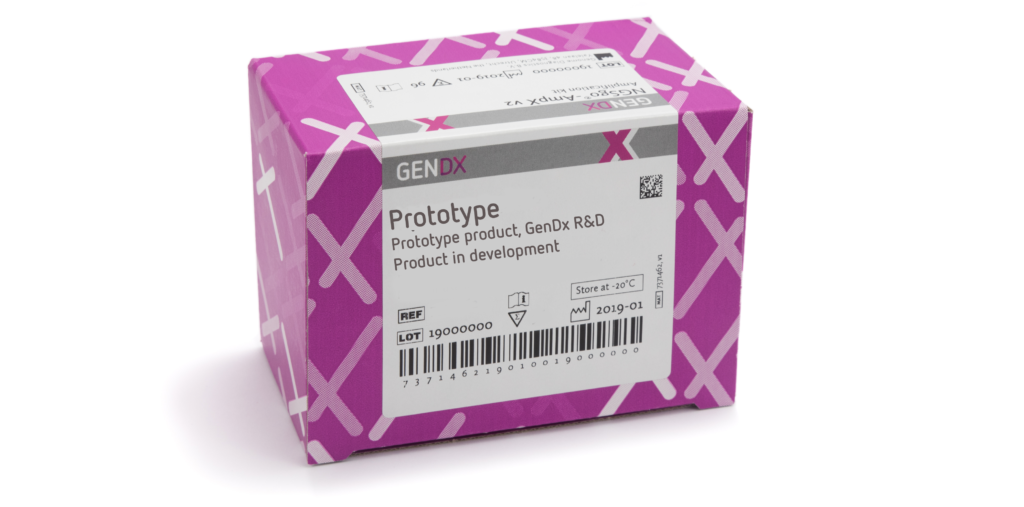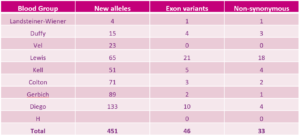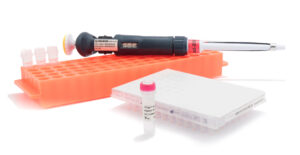
Benefits
- Amplification primers for 11 blood group systems
Description
Being a company with ample experience in whole-gene, high-resolution sequencing, and typing, we have now established a method for blood group sequencing. With the development of these assays, GenDx wants to contribute to the Blood Group field.
See specifications



